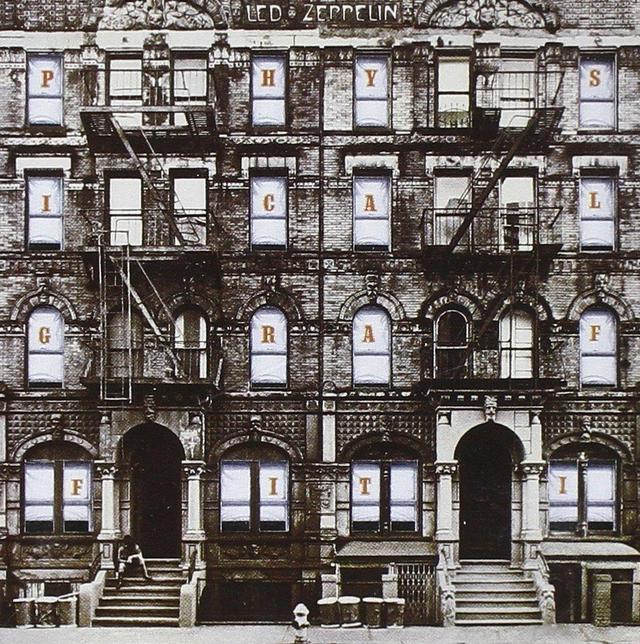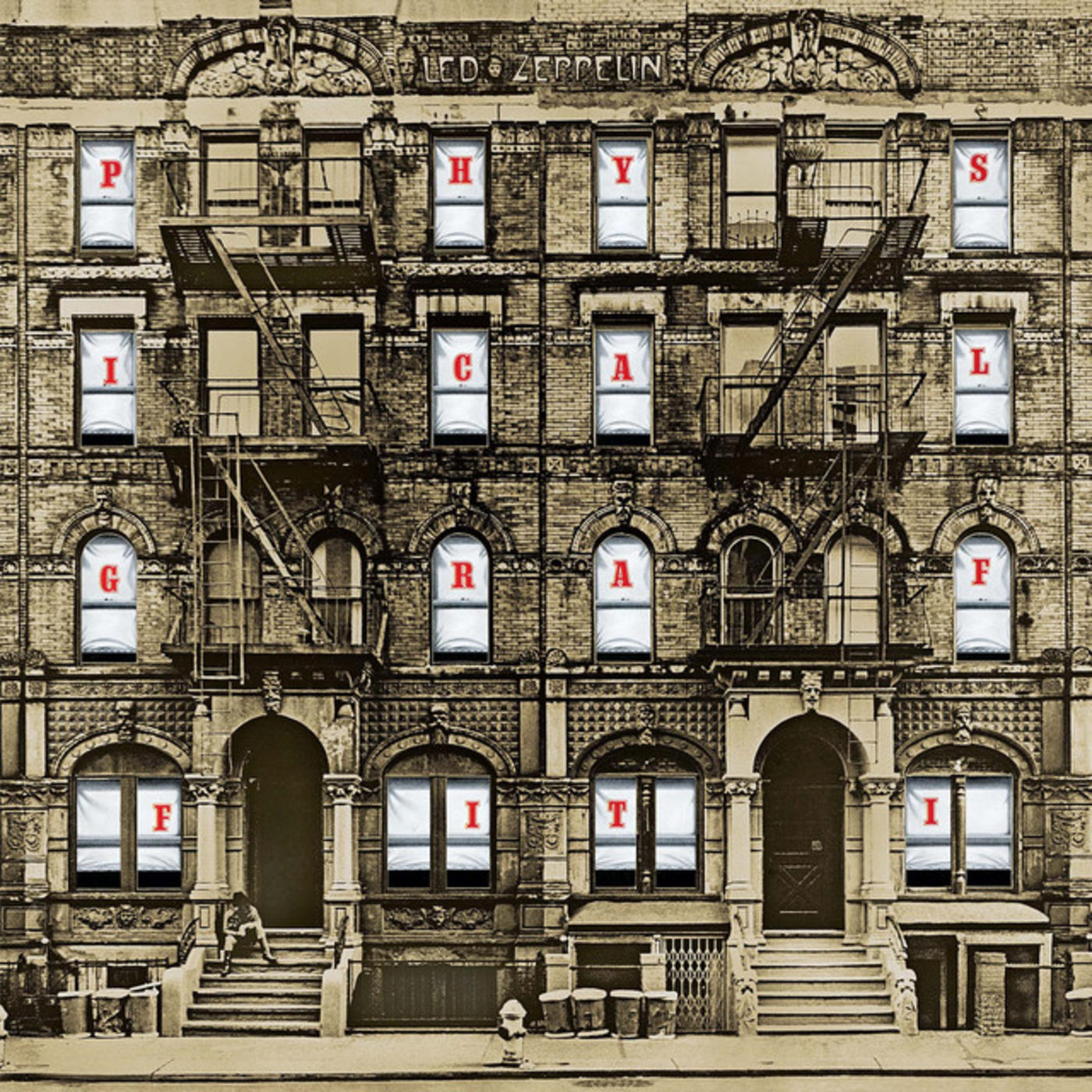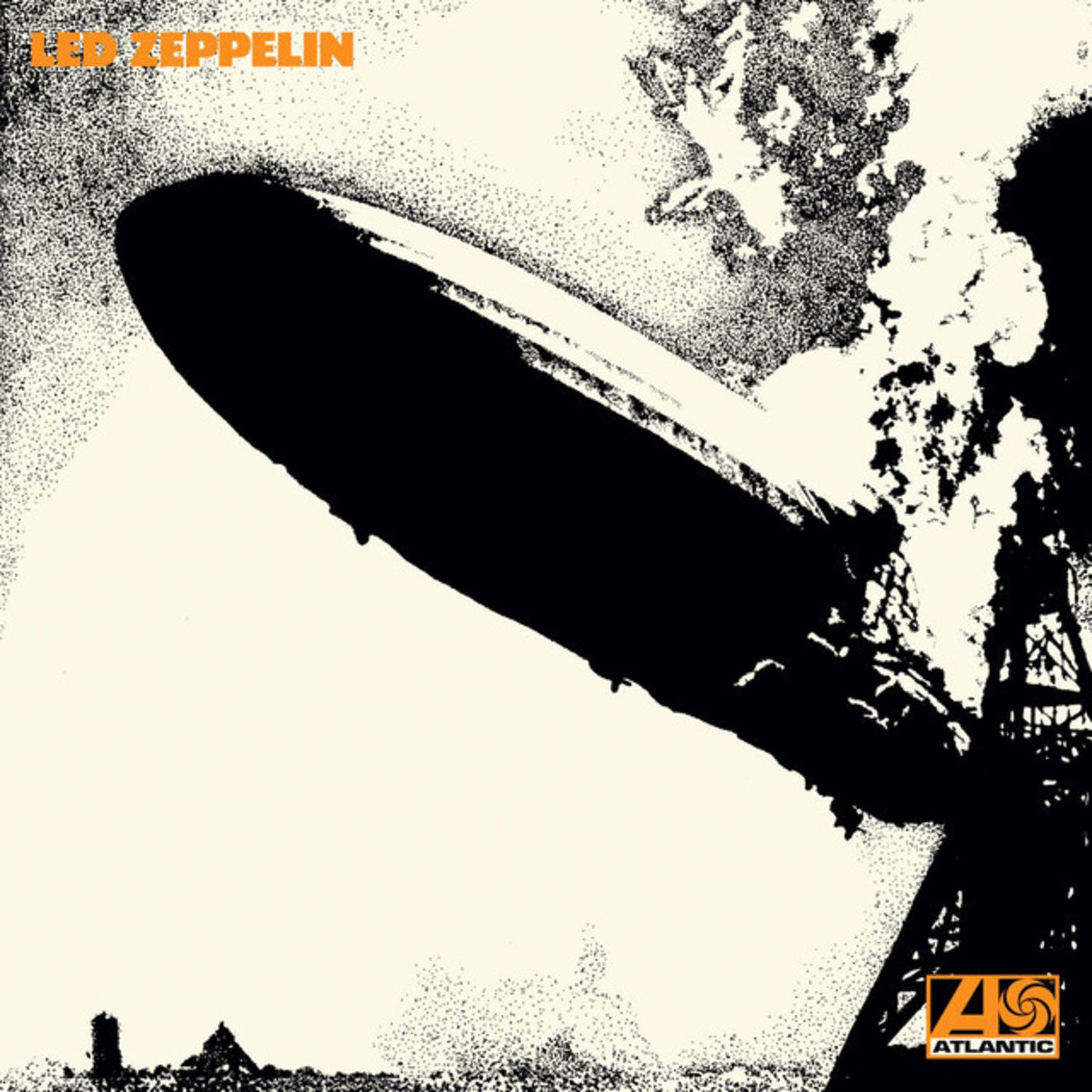Happy Anniversary: Led Zeppelin, Physical Graffiti

Today in 1975, Led Zeppelin released their sixth studio album, Physical Graffiti. It was an effort which the band’s fans were awaiting even more eagerly than usual, with the band’s previous album having come out almost a full two years earlier (Houses of the Holy hit shelves on March 28, 1973), but like the five albums which had preceded it, it was found to be absolutely, positively worth the wait.
One of the biggest reasons it was worth the wait, of course, is that the band decided to make it a double album, although the 15 tracks spread across the four sides of Physical Graffiti were actually recorded at various times between July 1970 and February 1974. The well-documented story of this gift from the rock gods goes like this: during January and February of 1974, Led Zeppelin wrote and recorded eight songs at Headley Grange (“Custard Pie,” “In My Time of Dying,” “Trampled Under Foot,” “Kashmir,” “In the Light,” “Ten Years Gone,” “The Wanton Song,” and “Sick Again”), but when they discovered that their combined length was going to be longer than the average LP of the day, rather than cut one of the existing eight songs, the band instead decided to dig into the archives, pull out seven previously-unreleased tracks from past sessions, and expand the album.
In case you’re wondering around the origins of those other tracks, here you go:
“Bron-Yr-Aur” – recorded July 1970 during the Led Zeppelin III sessions
“Night Flight” – recorded December 1970 – January 1971 during the Led Zeppelin IV sessions
“Boogie with Stu” – recorded December 1970 – January 1971 during the Led Zeppelin IV sessions
“Down by the Seaside” – recorded February 1971 during the Led Zeppelin IV sessions
“The Rover” – recorded in May 1972 during the Houses of the Holy sessions
“Houses of the Holy” – recorded in May 1972 during (surprise!) the Houses of the Holy sessions
“Black Country Woman” – recorded in May 1972 during the Houses of the Holy sessions
Given the length of time between albums and the steadily building excitement about its impending release, it’s probably not much of a shock that hysical Graffiti hit stores 39 years ago today and promptly went on to top the US and UK charts. Additionally, although the band was increasingly (and understandably) growing less concerned about scoring hit singles, they did manage to earn a small one with “Trampled Under Foot,” which hit #38 on the Billboard Hot 100.
With its diversity of sonic styles and material drawn from over the course of half a decade, Physical Graffiti is a sprawling affair, but in the best possible sense of the phrase, displaying the musical strengths of all four members of Led Zeppelin while also spotlighting their distinct personalities in the process. In 1989, Kerrang! called it the greatest heavy metal album of all time, and while some Led Zeppelin fans might argue with that specific assessment – Led Zeppelin IV has quite a few fans in its own right, you know – the long and the short of it is that suggesting that Physical Graffiti is anything less than an all-time rock ‘n’ roll classic is to ask for a punch in the snoot.


